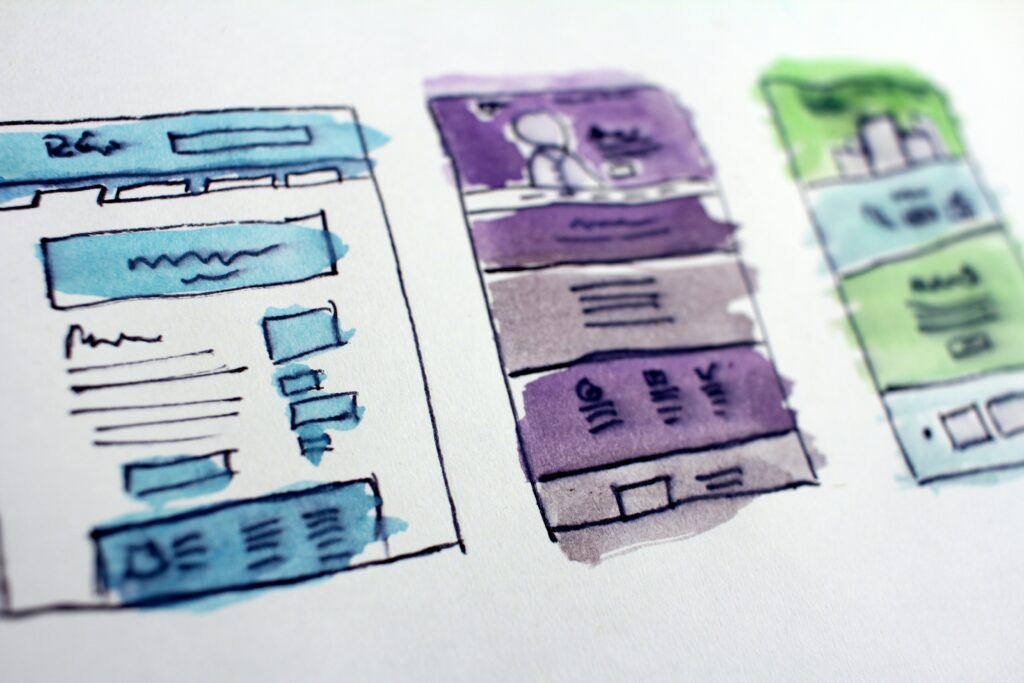The IPS Holistic Framework
The IPS holistic framework is one of the main artifacts of the inGOV project
The IPS Holistic Framework in a nutshell
The IPS holistic framework is one of the main artifacts of the inGOV project and aims to provide guidelines to support IPS co-creation and governance,enhancingexisting EU solutions such as EIF and ISA2 and deploying the results into our very own European inGOV pilots, distributed in Austria, Malta, Greece and Croatia.
It consists in a conceptual model composed of four pillars that converge into a straightforward agile roadmap: IPS governance, IPS agreements, stakeholder engagement and IPS implementation (particularly focusing on organizational/managerial, political, legal and technical/semantic aspects). For these four pillars recommendations and KPI have been created and updated, categorized along the three main phases of implementation: design, delivery and evaluation.

The framework will be completed by December 2023 and has been iteratively built through a systematic literature review on the pillars integrated by case research methodology. The latter started by extensively analyzing 5 European IPS best practices, i.e. the Italian IO App, the Estoniand-Finnish Xroad Business Registry, the Hungarian Municipality Application Service Provider, the Latvian VARAM portal and the Norwegian Digisos project. It has then been integrated through a process of feedback incorporation coming from the inGOV pilots. In the remaining months, up until the end of the project, the framework will be further enhanced with relevant experience from other H2020 projects and a final validation workshop.
Out of the whole framework, the IPS agile roadmap is the best representation of how recommendations have been translated into straightforward action items, using an agile approach.
Introduction on the IPS Agile roadmap
The IPS Agile roadmap is based on the combination of three main information sources: ISA2 Recommendations for organizing and governing integrated public services, EIF conceptual model and IPS Co-creation model. While all the main provisions of EIF and ISA2 remain and are supported, the inGOV model adds a co-creation component that is reflected in the IPS holistic framework recommendations, which, in turn, converge into the IPS agile roadmap.
Agility is here intended not only as a software development methodology, but as a comprehensive mindset that involves continuous feedback, experimental approach, empowered teams, high flexibility and release in iterations. However, balancing out the strict rules of implementation of agile methodologies in the context of integrated public services represented a challenge. The result was therefore an identification of blended elements of agility that could fit the complexity of IPS delivery.
The composition of the IPS agile roadmap
Overall, the agile roadmap is composed of one building block, stakeholder engagement, and four consequential steps: understand the environment, plan the journey, drive the change and monitor the evolution.

Stakeholder engagement is arguably at the core of the inGOV proposal, i.e. what makes it different from traditional approaches, and also the underlying principle of agile methodologies. In this sense, the agile roadmap suggest to deliver the IPS in small “iterations” aimed at gathering periodical feedback which is then fed back into the process.
The first step, understanding the environment, corresponds to a pre-design phase which is all about observing, collecting needs and creating the conditions to challenge the status quo, create momentum and introduce the new IPS. We suggest to use a mixed governance approach, i.e. translation of political decisions with the engagement of various stakeholders, to favor recognition of users’ service needs and of problems perceived by the community. Political involvement is also crucial to create momentum and to advocate for the project and an early assessment of the current legal and technical infrastructure may facilitate successive activities.
The actual implementation process starts with the design phase, i.e. “plan the journey”. Here the concept is planning, mapping and structuring activities and tools. In this phase stakeholders are mapped and roles and responsibilities are defined. Governance bodies, such as the project board, are set up as well as formal communication channels, to enhance inclusiveness and accessibility. It is very important to define a tailored plan, possibly dividing user requirements into sprints.
In the delivery phase, i.e. “Drive the change”, agility is expressed at its utmost. Agile delivery is indeed characterized by the continuous iterations of product release. Each small piece, functionality, “sprint” is tested and incrementally ameliorated by incorporating user feedback. Co-creation activities favor this logic, but to make them effective, stakeholders’ interest must necessarily be maintained through constant information and users must be properly trained on the specific co-activities but also on digital competences. The agility mindset is applied not only on the mere product release but also in the continuous adaptation of standards and vocabulary.
During the evaluation phase, governance really shifts towards user centrality. Diverse stakeholders should contribute as co-evaluators and shall be given the possibility to provide their spontaneous feedback to proper feedback mechanisms. Feedback shall be taken into account by appointed team members and transformed into new requirements that shall be fed back into the development process. Finally, this last phase is crucial in terms of the project legacy, to gather and share lessons learnt, to communicate results and to leverage on opportunities for active knowledge sharing to promote for a culture of further user centricity, digital transformation and transparency. Also, based on the project’s experience, legislative changes to favor other projects in similar directions can be suggested and supported.
Conclusion
The version hereby presented of the IPS agile roadmap corresponds to a summarized and interim version of an action plan that includes more than 30 recommendations, with relative explanations, suggested methods and KPI. The specificities of these recommendations will be explored and published in the upcoming deliverable 2.3. Therefore, stay tuned if you want to follow its development and learn more about our latest conclusions!


